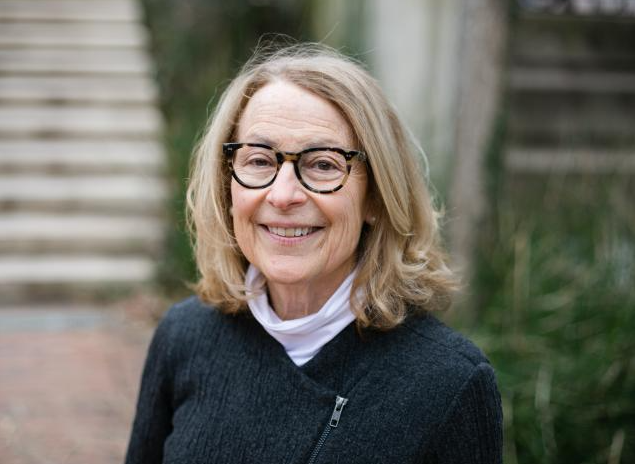Elizabeth Meyer: A Visionary Landscape Architect
In the field of landscape architecture, Elizabeth Meyer stands out for her innovative designs that blend ecological consciousness with artistic expression. Her work not only beautifies spaces but also promotes sustainability and community engagement. This article explores her impactful contributions to the landscape architecture world, highlighting her design philosophy and notable projects.
The Philosophy Behind Meyer’s Designs
Elizabeth Meyer believes that landscapes should resonate with their natural surroundings, allowing elements of ecology, culture, and art to coexist harmoniously. She often emphasizes the importance of integrating native plants into her designs, creating spaces that support local biodiversity. This approach not only enhances the aesthetic appeal of a site but also promotes environmental health. By prioritizing sustainability, Meyer encourages future generations to appreciate and care for their natural environments.
Notable Projects That Inspire
Throughout her career, Meyer has worked on a variety of significant projects that showcase her unique vision. One notable project is the design of the landscapes surrounding the University of Virginia, her alma mater. Here, she emphasizes the use of native plant species and sustainable practices to create inviting and educational environments for students and visitors. Another remarkable endeavor is her work with the National Mall in Washington, D.C., where she contributed to the redesign of public spaces, making them more accessible and environmentally friendly. Each project reflects her commitment to merging beauty with ecological stewardship.
The Role of Education in Landscape Architecture
As an educator and mentor, Elizabeth Meyer plays a crucial role in shaping the future of landscape architecture. She teaches at the University of Virginia, where she encourages students to think critically about the relationship between people and their environments. Meyer emphasizes the importance of interdisciplinary approaches, encouraging her students to draw from areas such as ecology, sociology, and art. Her educational impact helps cultivate a new generation of landscape architects who are prepared to tackle modern environmental challenges while creating inspiring public spaces.
In Conclusion
Elizabeth Meyer continues to leave a lasting influence on the field of landscape architecture through her innovative designs, dedication to sustainability, and commitment to education. Her work demonstrates that thoughtful landscape design can foster a deeper connection between people and the environment. To learn more about her projects or explore the world of landscape architecture, consider visiting local parks or educational institutions. Engaging with these spaces can inspire fresh perspectives on how we interact with nature.

